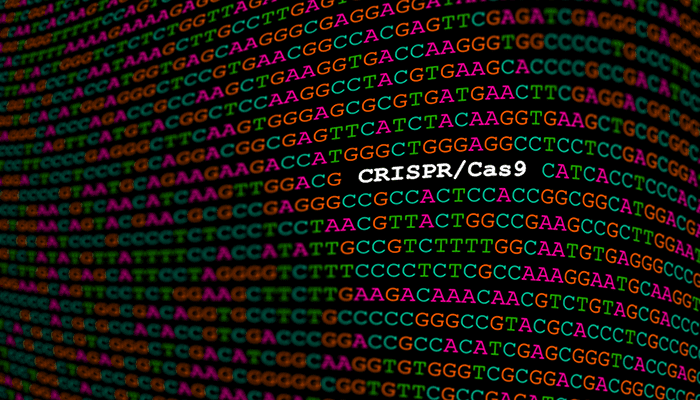A new study published today in the journal Nature Biotechnology reveals that CRISPR/Cas9 gene editing can cause greater genetic damage in cells than was previously thought.
These results create safety implications for gene therapies using CRISPR/Cas9 in the future as the unexpected damage could lead to dangerous changes in some cells.
Previous research had not shown many unforeseen mutations from CRISPR/Cas9 in the DNA at the genome editing target site. To investigate this further, researchers from the Wellcome Sanger Institute carried out a full systematic study in both mouse and human cells and discovered that CRISPR/Cas9 frequently caused extensive mutations, but at a greater distance from the target site.
The researchers found many of the cells had large genetic rearrangements such as DNA deletions and insertions. These could lead to important genes being switched on or off, which could have major implications for CRISPR/Cas9 use in therapies. In addition, some of these changes were too far away from the target site to be seen with standard genotyping methods.
“This is the first systematic assessment of unexpected events resulting from CRISPR/Cas9 editing in therapeutically relevant cells, and we found that changes in the DNA have been seriously underestimated before now,” noted Prof Allan Bradley, corresponding author on the study from the Wellcome Sanger Institute. “It is important that anyone thinking of using this technology for gene therapy proceeds with caution and looks very carefully to check for possible harmful effects.”
The work has implications for how CRISPR/Cas9 is used therapeutically and is likely to re-spark researchers’ interest in finding alternatives to the standard CRISPR/Cas9 method for gene editing.
Read more: Repair of double-strand breaks induced by CRISPR–Cas9 leads to large deletions and complex rearrangements.



